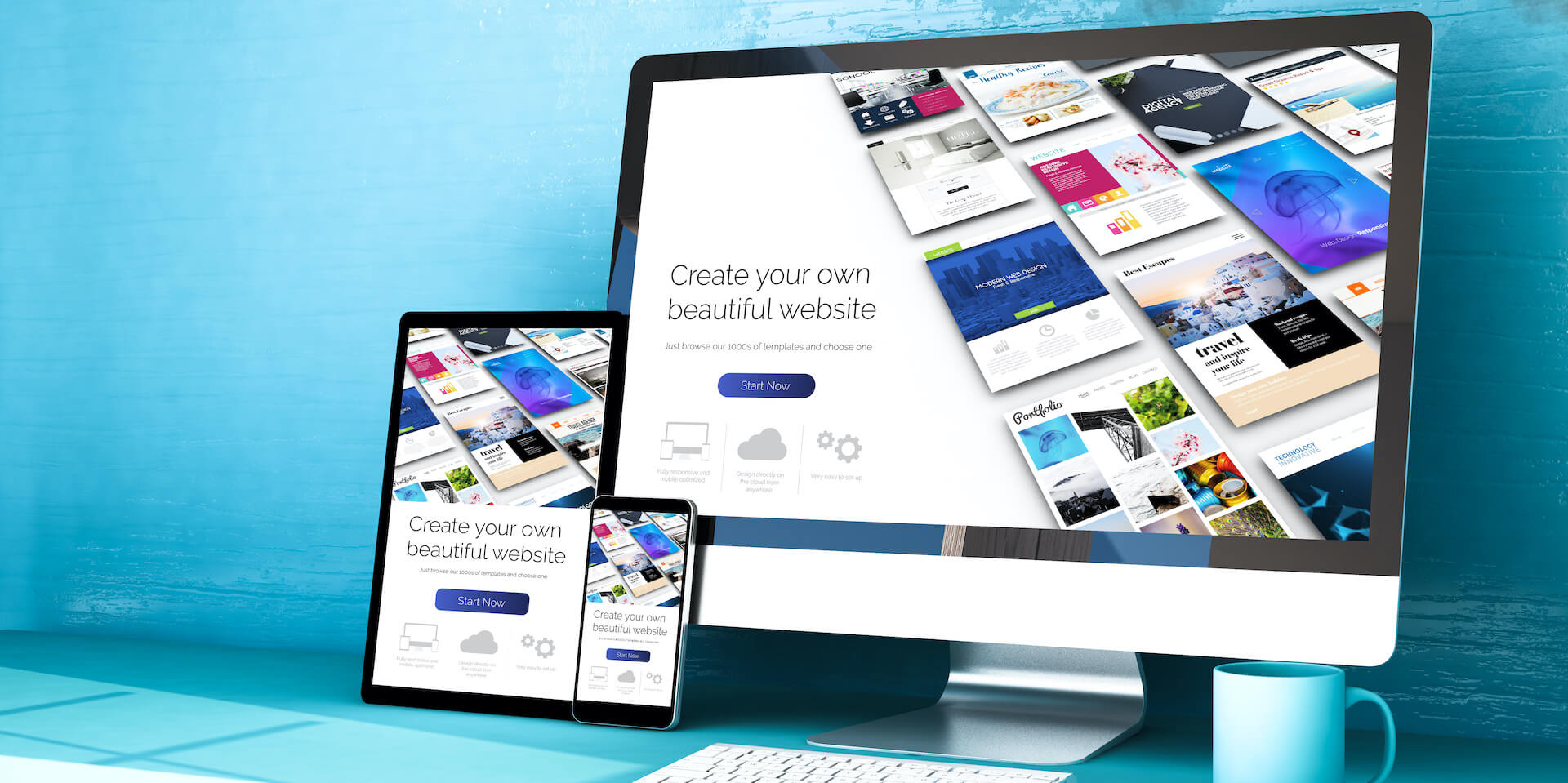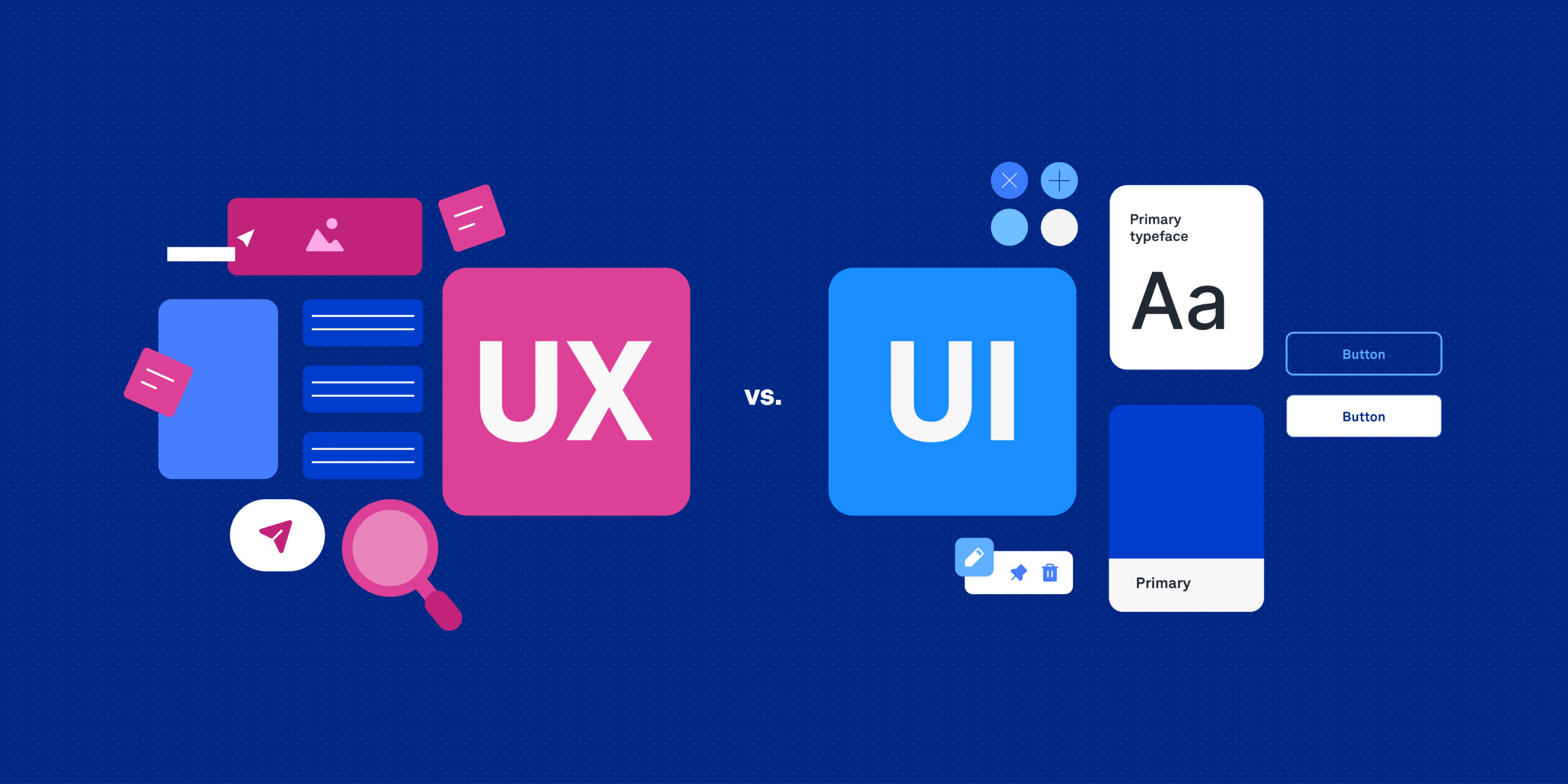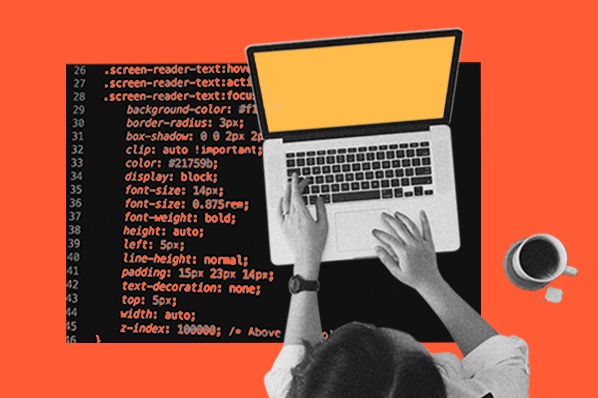When we start building a website, our minds instinctively gravitate toward the visual — the layout, the typography, the color palette. We map out wireframes, finesse UI elements, and ensure smooth user flows. And somewhere along the way, we say to the client: “You can just add the content later.”
That, right there, is where so many web projects start to unravel.
As a designer with over 15 years in the field, I’ve seen it too many times: content is treated like a secondary task — something that can be slotted in after the ‘real’ design work is done. The unfortunate result? Copy arrives late, it doesn’t fit the layout, and more often than not, it’s poorly written.
Even back in 2000, usability expert Jakob Nielsen made this point bluntly:
“Most people are bad content creators… When an average person tries to create content, they typically don’t have much to say and what they do say is often said badly.”
The Client Content Trap
I’ve worked with fantastic clients — experts in their industries, passionate about their work. But asking them to write their own website copy? That’s a different story.
I once managed a project where we used Google Drive to collect content. Sounds simple, right? Instead, I ended up spending hours just explaining how to use the editor. And when the copy finally arrived, it lacked clarity, structure, and focus. I had to send it back — and the project dragged on for months longer than necessary.
Frankly, I’ve spent more time than I’d like waiting for clients to deliver content. And just as much time massaging that content so it doesn’t break the design we’ve worked so hard to build.
This isn’t meant to shame clients. Content creation is a skill — one that takes time, practice, and professional experience. But expecting clients to handle it alone is a disservice to the entire project.
Design and Content: Different Roles, Shared Goals
Designers often fall into the trap of thinking that content and design are part of the same job. They’re not. They’re partners — separate but deeply interconnected.
Content is the what — the message, the information, the story.
Design is the how — the presentation, the emotion, the experience.
Yet many designers overstep, dabbling in content creation when they don’t have the time, training, or team to do it justice. At the same time, clients assume writing a few paragraphs is no big deal — until they sit down and realize just how hard it is to write something clear, concise, and compelling.
That’s why content needs its rightful place in the design process — not as an afterthought, but as a foundational element.
Why Start With Content?
There’s a powerful principle from architecture that says: form follows function. Coined by architect Louis Sullivan in the 1800s, the full quote paints a vivid picture:
“Whether it be the sweeping eagle in his flight… or the winding stream at its base… form ever follows function, and this is the law.”
In other words, if something doesn’t serve its purpose, it doesn’t matter how beautiful it looks.
The same applies to web design. A visually stunning site that lacks meaningful content is like a show home with no furniture. And while some teams can afford a dedicated UX designer to bridge this gap, most don’t — leaving designers to juggle both form and function. Without good content, that balance is impossible to achieve.





